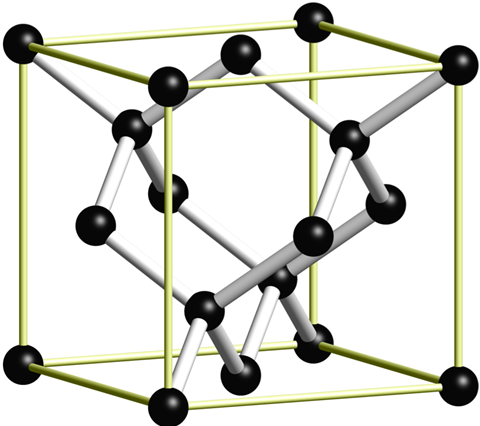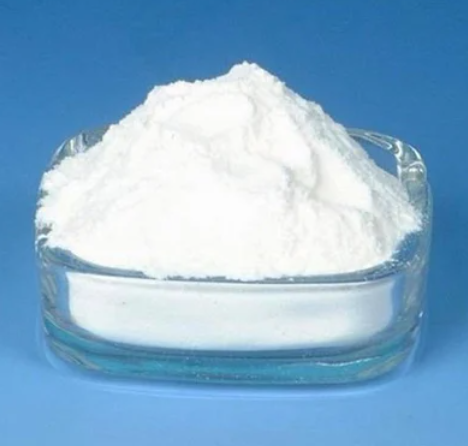How are Diamonds Formed?
For centuries, diamonds have been regarded as a gemstone with extraordinary brilliance and luster. But what's interesting about diamonds to scientists is that they have a range of special and extreme properties. When compared to almost any other material, diamonds almost always come out on top. As the hardest material known, it is also the most incompressible, the hardest material, the best conductor of heat with very low thermal expansion, and chemically inert to most acids and bases, from deep ultraviolet to visible to far infrared. Transparent and one of the few materials known to have a negative electron affinity (or work function).

Where Are Diamonds Found?
These conditions occur 200 kilometers (about 125 miles) below the Earth's surface. However, we can't get that far with drills or anything else. Diamonds are actually found and collected near the surface, in special volcanoes called kimberlites.
Volcanic eruptions occur when the gas trapped at this depth becomes too hot and begins to expand and rise. As the gas escapes to the Earth's surface, the rocks and diamonds surrounding it are also moved to the Earth's surface. But under these conditions, diamonds can take up to 3 billion years to form, and kimberlite eruptions don't happen often. The last time was 13 million years ago. However, materials scientists can grow diamonds in the laboratory.
How to Make Diamonds?
Since the early 1950s, these materials have been produced through high-pressure, high-temperature synthesis (HPHT). This is an attempt to simulate the conditions under which natural diamonds form deep underground. The graphite is put into a huge hydraulic press, under high temperature and pressure, and coupled with a metal catalyst, and is converted into diamond within a few hours. Diamond crystals produced this way are typically only a few millimeters in size, too imperfect for use as gemstones, but are useful as wear-resistant edges for cutting tools and drill bits.



